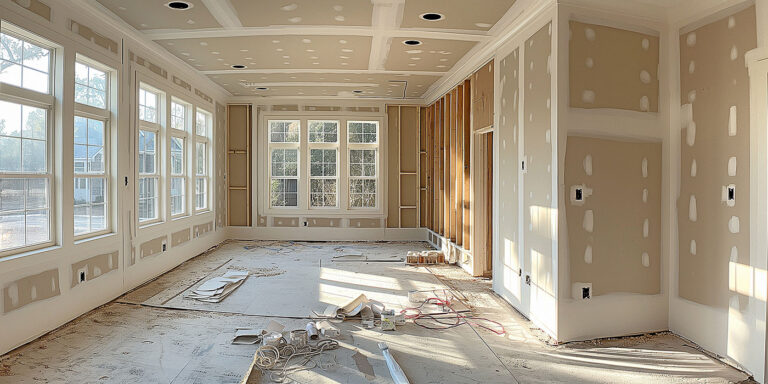Radiant floor heating is not new technology but it is growing in popularity with homeowners who are replacing or installing new flooring. Below is a list of the major pros and cons for both electric and water-based radiant floor heating systems.
PRO Comfort Nothing can beat the high level of comfort a heated floor can bring to every inch of a room. Because a radiant flooring system is laid across the entire floor, heating is uniform and there are no cold spots.
PRO Energy efficient Radiant floors do not consume a lot of energy and the system doesn’t take long to heat up. Temperature can be set by thermostat which allows custom comfort on a room-by-room basis.
PRO No maintenance Radiant floor systems are virtually maintenance free. If an electric system is damaged, a thermal imaging camera can locate the problem so that a repair can be made. Water-based systems do not have this benefit.
PRO Convenient Heated floors are a great solution for adding supplementary heating to problem areas of your home. With no ducting required, it is also an inexpensive way to add heating to an addition, basement, attic or shed.
CON Floor height Adding a layer of heating to your floor will increase the height of the floor and if you add a layer of insulation to increase efficiency, the floor height will increase again. For large renovation projects, this can be taken into consideration but if you are retrofitting into an existing room, floor height could be an issue. Luckily, there are super-thin systems available that address this issue.
CON Cost Depending on the system you buy, radiant floor heating can be costly. Water-based systems have the added cost of a boiler and pump and electric systems can have high operation costs if electricity is expensive in your area.



